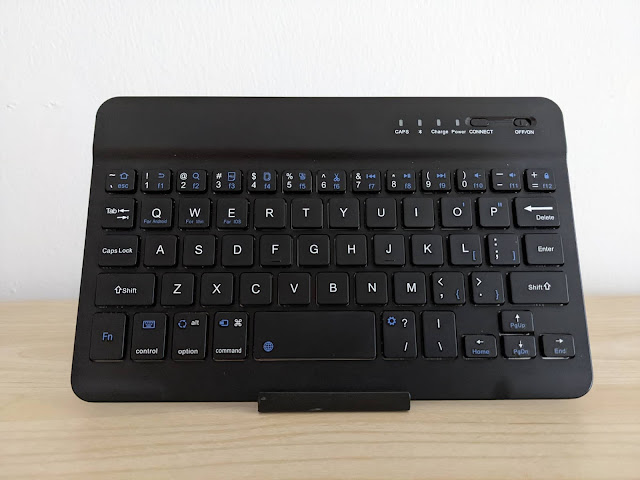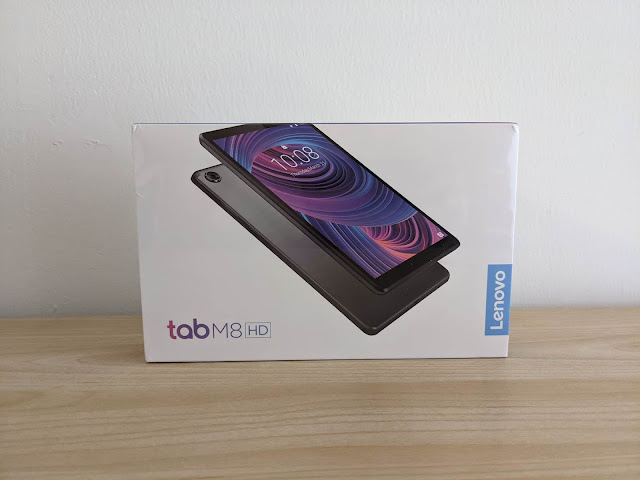NASA Removes HDEV Support From Its Android App
The HDEV experiment on the International Space Station stopped working sometime in July 2019. The official NASA app for Android removed HDEV support in version 1.90, released on August 30, 2019, as its change log entry notes:
HDEV (High Definition Earth-Viewing ) was a set of commercial HD video cameras mounted on the exterior or the ISS and aimed at the Earth. The purpose of this NASA experiment was to evaluate the effects of long-term exposure to space radiation of off the shelf video equipment.
The cameras streamed beautiful live images of the Earth from space and worked continuously, except for the night side of the orbit or when operational constraints prevented it.
The loss of the payload is not unexpected as the harsh environment was eventually going to damage the devices. Still, the general public loved these views and hoped for more. NASA unsuccessfully tried to restore the system but had to give up, declaring the experiment’s end of life as a notice in the HDEV feed states:
The HDEV live feed was publicly viewable on the web and in many Android apps, including NASA’s. My favorite such app is ISS on Live, which provides options for recording videos and shows a map with the position of the ISS to match the live views with the areas the spacecraft is flying over.
These apps are likely going to be updated to remove HDEV support. ISS on Live provides a few more space image feeds, including the Downlink 1 feed with alternate live views from the outside and the inside on ISS. Downlink 1 also features live audio of the radio communications between the ISS crew and the ground.
But the Downlink 1 views from space are not as sharp, breathtaking, and eerie as HDEV’s.
Removed the ISS HDEV section which has reached end of life
HDEV (High Definition Earth-Viewing ) was a set of commercial HD video cameras mounted on the exterior or the ISS and aimed at the Earth. The purpose of this NASA experiment was to evaluate the effects of long-term exposure to space radiation of off the shelf video equipment.
The cameras streamed beautiful live images of the Earth from space and worked continuously, except for the night side of the orbit or when operational constraints prevented it.
 |
| The end of life notice in the video feed of NASA's HDEV experiment. Credit: NASA. |
The loss of the payload is not unexpected as the harsh environment was eventually going to damage the devices. Still, the general public loved these views and hoped for more. NASA unsuccessfully tried to restore the system but had to give up, declaring the experiment’s end of life as a notice in the HDEV feed states:
It is with regret that we must inform you that the ISS HDEV payload has reached End of Life.
The HDEV live feed was publicly viewable on the web and in many Android apps, including NASA’s. My favorite such app is ISS on Live, which provides options for recording videos and shows a map with the position of the ISS to match the live views with the areas the spacecraft is flying over.
These apps are likely going to be updated to remove HDEV support. ISS on Live provides a few more space image feeds, including the Downlink 1 feed with alternate live views from the outside and the inside on ISS. Downlink 1 also features live audio of the radio communications between the ISS crew and the ground.
But the Downlink 1 views from space are not as sharp, breathtaking, and eerie as HDEV’s.


